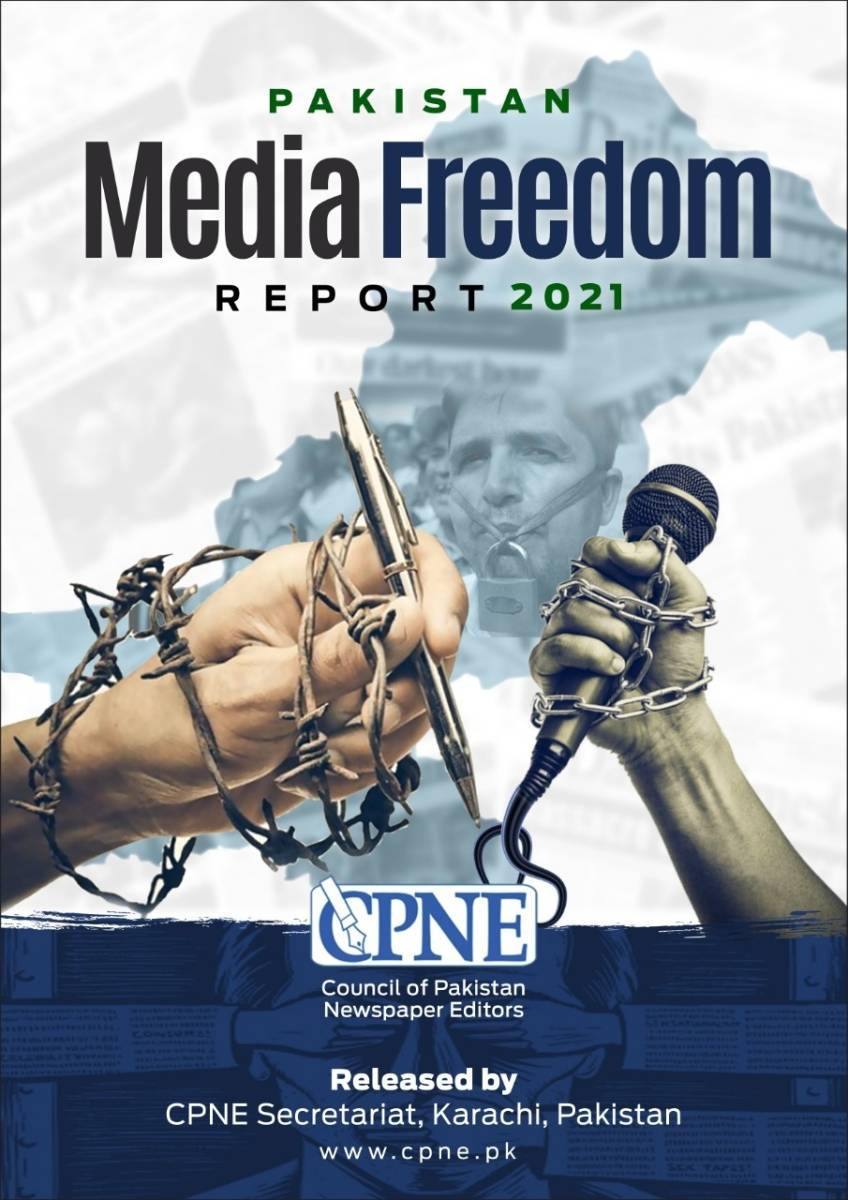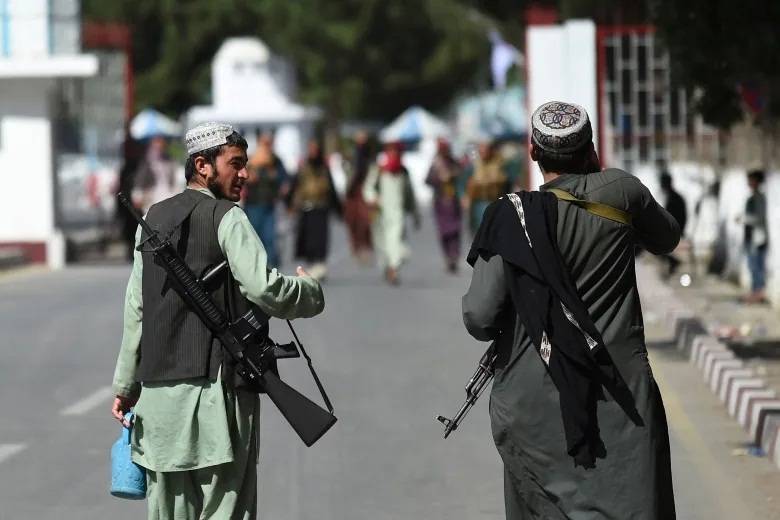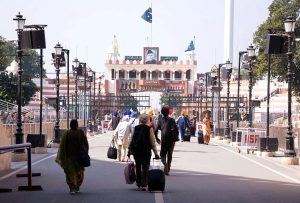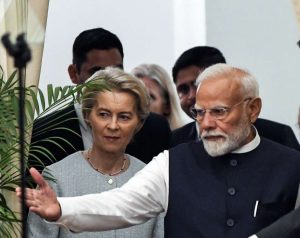The list is rounded out by China’s People’s Daily, the official newspaper of the Communist Party, which claims a combined daily and international circulation of about three million
Print newspapers may be in decline worldwide, but Japan and India continue to stand out as two nations where circulation remains on a scale unmatched by Western media. A new ranking by Press Gazette highlights how Japan, despite its relatively small population of 123 million, dominates global circulation figures, while India – with its vast population of 1.5 billion – maintains multiple titles among the world’s bestsellers.
The Yomiuri Shimbun, published in Japan, tops the global list with a daily morning circulation of 6.2 million copies, plus an additional 1.5 million for its evening edition, based on 2023 ABC-audited data. Its closest rival is also Japanese: the Asahi Shimbun, which distributes around 3.5 million copies each morning.
India’s Dainik Bhaskar follows closely, selling 3.567 million copies per day, according to local audit bureau figures from late 2022. It is the only Indian title in the top three and reflects the continuing dominance of Hindi-language dailies in the country. Other Indian newspapers also make the global top ten, demonstrating the scale of print readership across the subcontinent.
The list is rounded out by China’s People’s Daily, the official newspaper of the Communist Party, which claims a combined daily and international circulation of about three million.
India’s prominence on the ranking is hardly surprising given its population. While Western print circulations have plummeted, India remains one of the few countries where newspapers are still read in huge numbers across small towns and cities. Affordable pricing and an enduring appetite for regional-language journalism ensure that print still reaches tens of millions daily.
However, India’s strong position in global circulation charts comes with a paradox. While print readership is thriving compared with the UK or the US, press freedom in the country has been shrinking. International watchdogs, including Reporters Without Borders, have repeatedly warned about growing restrictions on journalists in India, citing increasing political pressure, legal harassment, and rising risks for reporters covering sensitive issues.
Critics argue that the health of India’s print industry does not necessarily translate into a vibrant independent press. Many leading publications have faced accusations of self-censorship or editorial bias, especially when covering the government. The rise of so-called “paid news” – where political or corporate interests influence coverage through financial arrangements – has also undermined confidence in journalistic independence.
In contrast, Japan’s newspaper culture is rooted in longstanding traditions of trust and home delivery, with morning and evening editions still common. Although circulations there have declined from their peak – Yomiuri Shimbun once sold more than ten million copies a day in 2010 – the fall has been far less steep than in the UK or US.
By comparison, the biggest-selling British paper, the Daily Mail, now circulates only 627,000 copies a day, while in the US the Wall Street Journal leads with 473,000. These figures are dwarfed by the Japanese and Indian giants, reflecting both cultural differences and the resilience of print in Asia.
Even so, both India and Japan are not immune to the long-term global trend of declining newspaper readership, as younger audiences shift to digital platforms. India’s rapid growth in mobile internet usage has accelerated this shift, with online platforms – often unregulated and vulnerable to misinformation – competing fiercely with traditional print.
Digital dominance is already visible elsewhere in Asia. In Japan, Yahoo News ranks as the most visited news website in the world, attracting over 920 million monthly visits. Brazil’s Globo, with around 796 million visits in May, comes next.
For India, the challenge remains balancing its enormous print readership with the need for a free, independent, and credible press. The circulation figures may suggest that newspapers are thriving, but the underlying question is whether those millions of copies represent a genuinely free flow of information – or one increasingly shaped by political and corporate influence.













